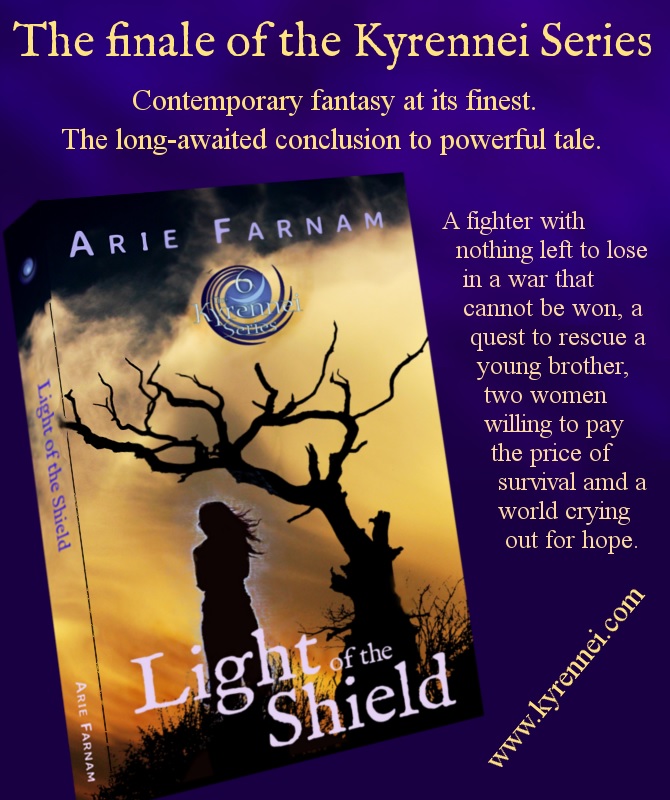What I learned in quarantine
/Our family therapist suggested, somewhat plaintively, that most people appear to have learned something constructive from COVID-19 lockdown. She left unsaid-—but obvious enough—that our family seems not to be among those gaining positively from it.
I’ll give her credit for tackling our case. I wouldn’t want to be our family therapist either. My husband and I aren’t perfect or perfectly coordinated, but we’re skilled parents. We talk through issues. We’re patient and loving. We know how to handle emotions and how to be consistent with the kids. But we’ve been hit with one thing after another and there simply are no easy psychological fixes.
Image by Arie Farnam
Since that session, I have noticed a rash of saccharine blog posts on what people are learning from the crisis—from “community is what really matters” to “self-care is what really matters” conclusions and everything in between.
I do think I learned a lot during the two and a half months in isolation with my kids. I never stop learning in this life. But it is true that a lot of the things I’ve learned aren’t very positive or therapeutic.
Here are the top dozen things I learned:
12. I learned, as so many people in major crises throughout history reportedly learned, that times of fear and hardship bring out the worst in a lot of people and the best in a few.
11. I’ve learned that my pantry, when well stocked, can support my family for at least a month, despite requiring some creative cooking after a couple of weeks. (Learning this gives me both a small sense of security and a more concrete sense of what long-term disaster might be like.)
10. I learned that you can make sourdough from one package of yeast and then use it for months to leaven bread. (This is moderately useful in general.)
9. I became an expert in parental controls on both Android and IOS systems. (I wish this wasn’t a basic survival skill in our world but now it is.)
8. I learned how to kid-proof most of my house and lock myself in my bedroom, when that is all that can be done and when to come out again. (My husband learned how to install several locks around the house.)
7. I learned to prioritize, utilize micro-moments and how to clean and cook faster than I ever thought possible. (This is not fun but it does represent stretching of personal capacities.)
6. I learned to gauge the lung and vocal-cord capacity of my kids and schedule scream-time into schoolwork sessions. (This should not be confused with having learned “patience.”).
5. I learned just how little Netflix Europe has for kids. (I could really do without this knowledge.)
4. I learned which tiny chores my kids can be motivated by video game rewards to do and which actually entail a savings of time over simply doing them myself.
3. I learned to do a full shower and bathroom routine in less than four minutes.
2. I learned overwhelming gratitude for an hour or two of alone time and learned that the pre-COVID routine that used to seem hard was actually incredibly easy.
1. The number one thing I learned during COVID-10 lockdown is what living in the present moment actually means and sometimes I can even pull it off.
The situations people are living in during COVID-19 vary widely. Some people are learning to cope with solitude. Others are learning to cope with overcrowding. Some are learning to cope with a ton of free time. Others are working frantically just to keep up with basic needs. That’s why making assumptions about what someone else should be gaining or learning won’t be very effective.
Things have been hard—really hard—in so many ways. I try to take a deep breath. It isn’t easy. My chest is tight today but eventually it comes.
I glance up from the keyboard and out at the fading evening sky above the greenhouse. The trees on the ridge above us are in full leaf now and the clouds glow pink and cobalt behind them. I take a deep breath.
This moment is okay. The children are in bed. The sky and the trees give me the gifts of their beauty. The garden plants in the greenhouse are well.
I used to be confused by instructions to “live in the moment,” because it seemed like the naive advice of people who don’t need to plan for how they are going to eat in a month or a year or the advice of people who are fortunate enough not to need to process painful past events on a regular basis.
“Don’t focus on the future. Don’t focus on the past. Focus on the now.”
But I have learned this much from COVID-19 lockdown. It isn’t that you don’t think of the future or learn from past mistakes. It is that emotionally you react only to the moment. We cannot plan much now. And if we think too much about the future, we are likely to start crying. Thinking over the past day is rarely any better.
Yet this moment is OK.
If you focus on future plans or mull over the past, be it bright or dark, you will inevitably miss the present moment. And even in the bad moments, it is better to focus on that one moment and deal with it, rather than adding up in my mind all the days it has been happening and anticipating all the days, months and years this will continue.
The question is always, “Can I survive this moment?” And if the answer is “yes,” then it becomes, “What should I do in this moment?”
And if the answer is “no,” then it is okay to cry out in that moment of despair, but then it passes and I realize that the answer was actually “yes.” I did survive.
This I think is the same for all of us, whether what we are surviving is isolation and a crisis of inner mental health or chaotic and unhealthy circumstances. “Can I survive this moment?” is the question.
I used to be all in my head. My primary entertainments and tasks were intellectual, reading, listening to audio books or podcasts while I worked, writing, research, teaching, preparing to teach, studying medicinal herbs and so forth.
I was bored with random chatter. The first days of COVID-19 lockdown were an agony of boredom amid frantic work for me. I had to rush from one task to another and still never catch up, yet my mind screamed for stimulation.
I learned to stretch my interest. Now my mind finds stimulation in the mingled aroma of the soup or in the grain of the wood in the cutting board or in the understanding of the child raging in front of me, the face and the posture, the exact type of cry.
I pay attention more. I am less in my head and with that I am less self-absorbed. I am less concerned by what my small ego wants and more focused on what is needed in the moment. Somehow, with that has come a greater focus on the joy found in rare moments.













